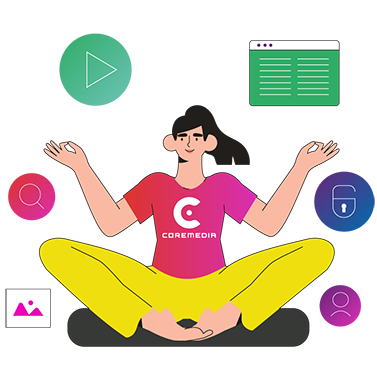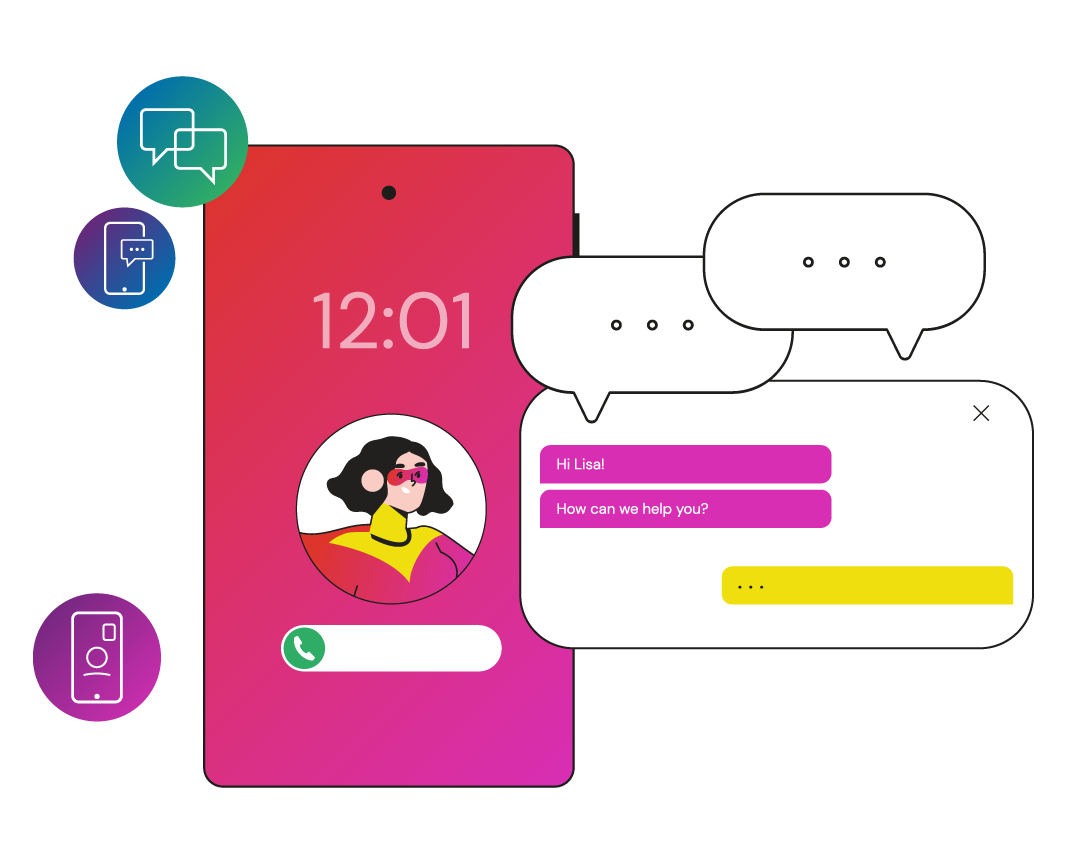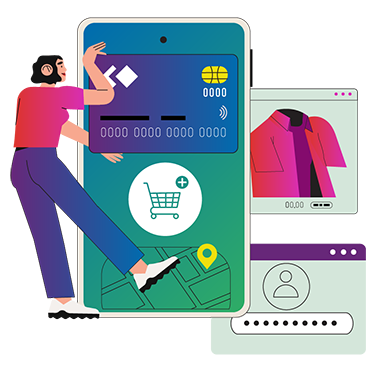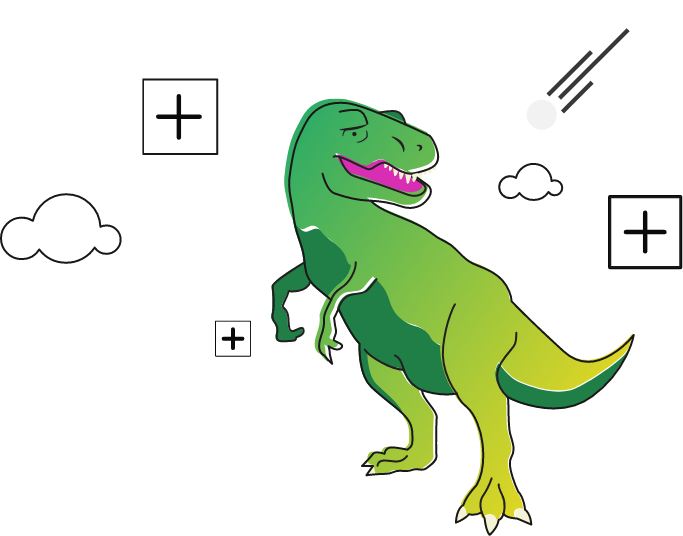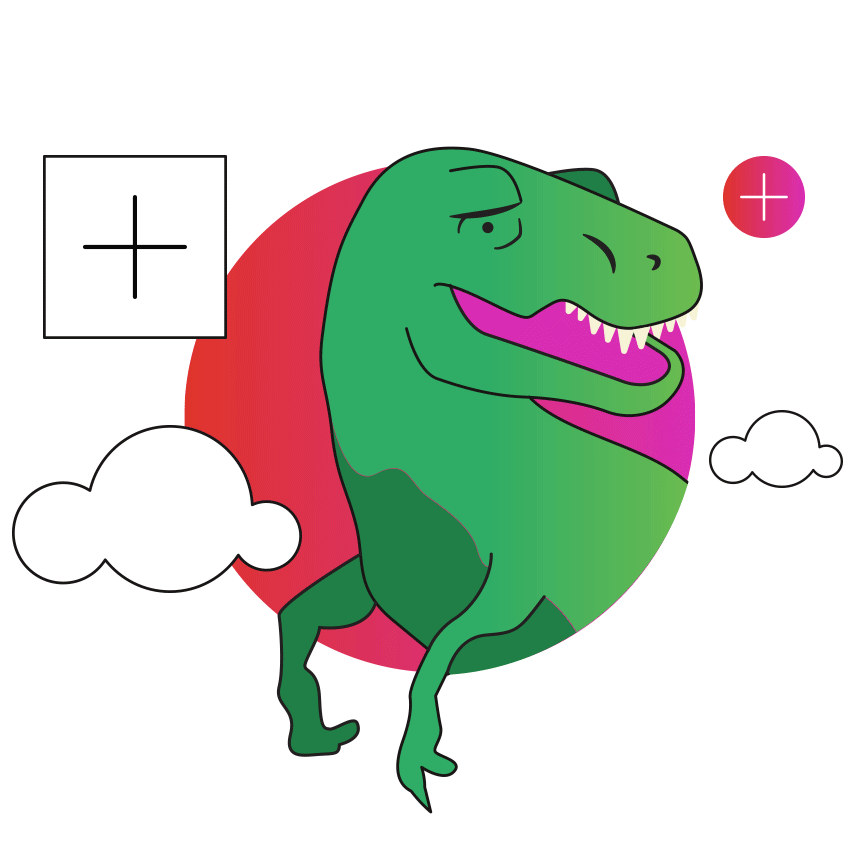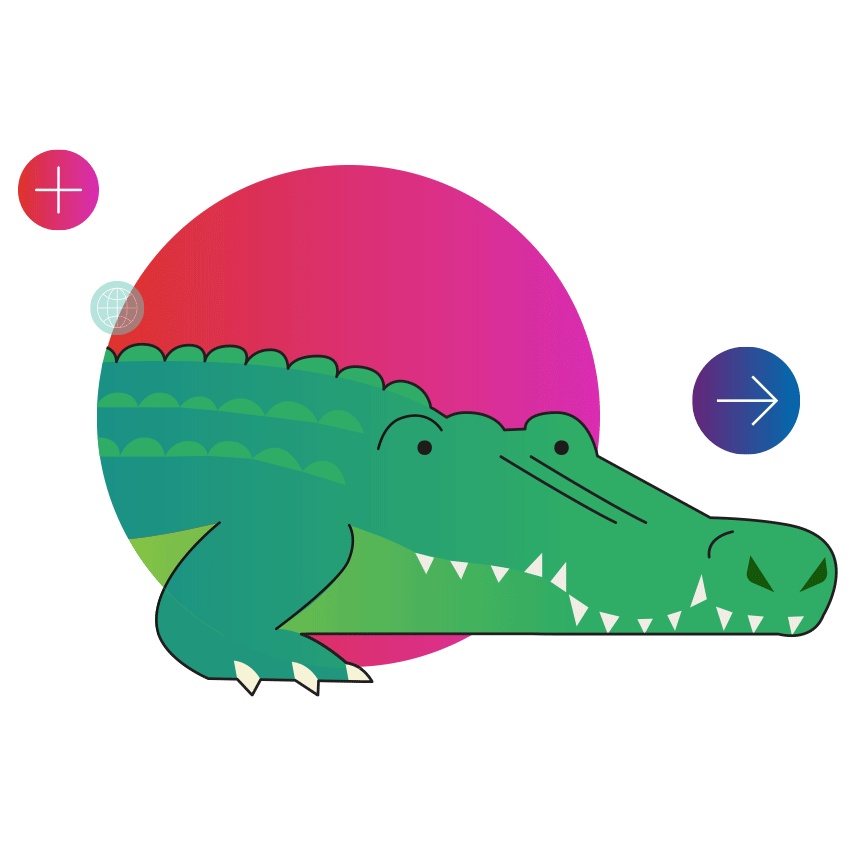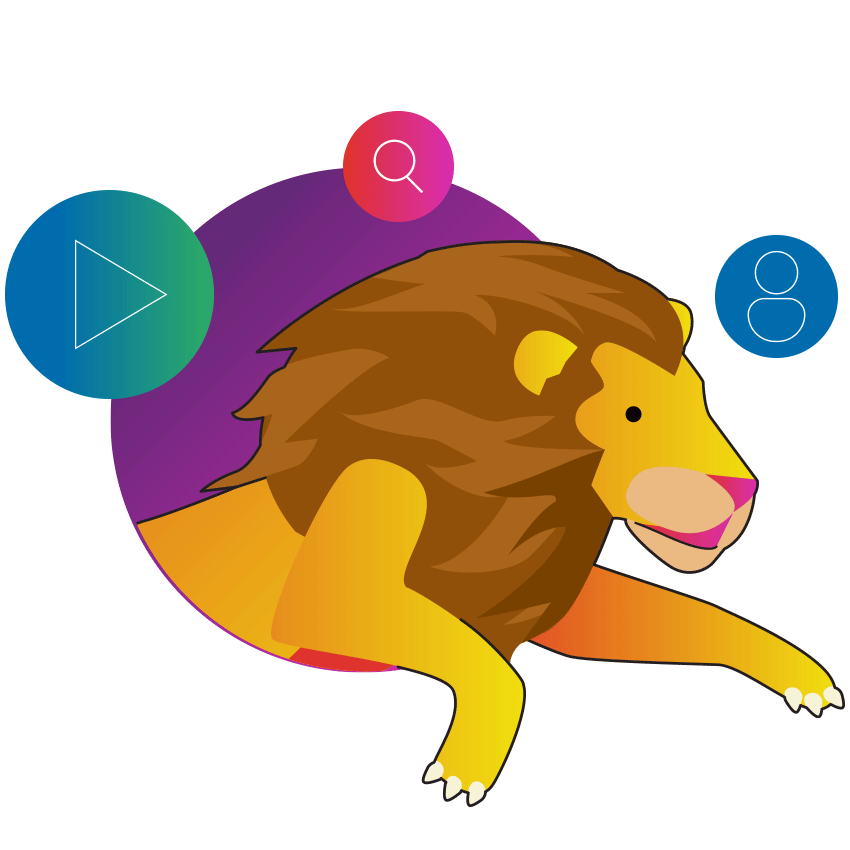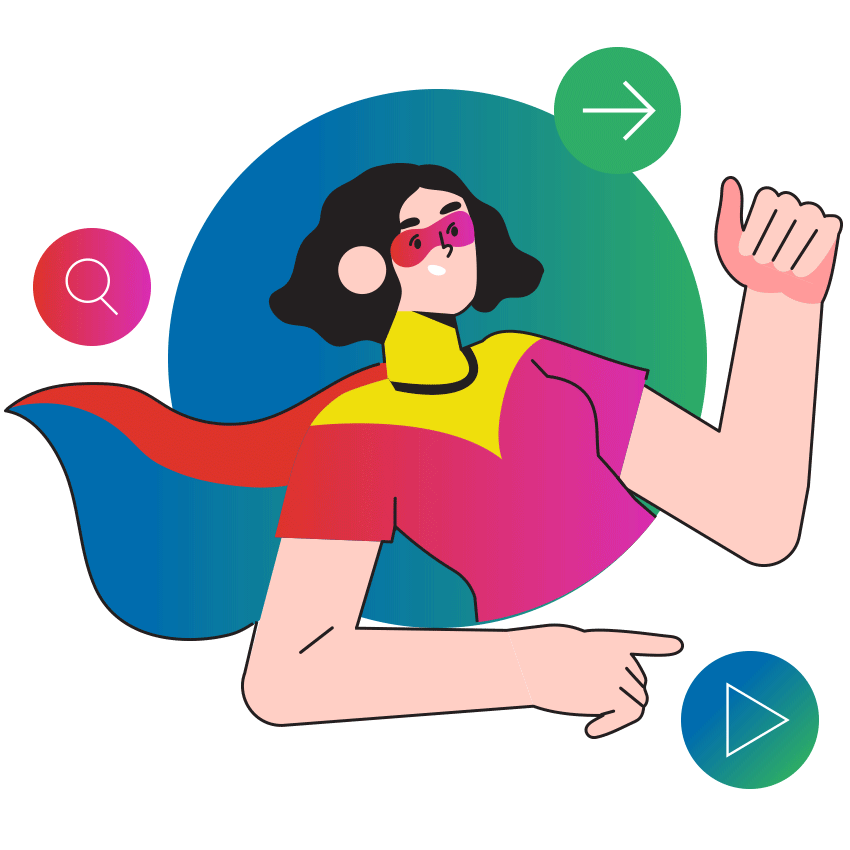Google and Facebook are without any doubt two of the greatest entrepreneurial success stories of the digital age. Both companies serve billions of users. They provide various services directly and are critical enablers of countless third party services. Both companies have unimaginable technical and financial capabilities. They are the winners of our era. The caught an enormous wave and surfed it well. But what if they got the core of their business wrong?
What if Google and Facebook focused on the wrong monetization strategy from a long term perspective? What if ads are inferior to transactions? And what if we can watch our future unfolding in China today?
There are a growing number of signs that this might be true. One of the most revealing is the rapid evolution of China’s e-commerce market and
Tencent’s success point to a business model that goes beyond ads: direct transactions. Instead of mainly selling ad impressions to advertisers while – more often than not – annoying users, Tencent decided to sell virtual goods - and now physical goods – by delivering these commercial transactions directly to consumers on any channel or device. Give people the chance to immediate buy what they want, when they want it. If you can see it, you can buy it: right here, right now on your mobile device.
Tencent’s WeChat application is revolutionizing e-commerce. It integrates orders, payments and customer care right into your chat app with tremendous success.
And by all measures Tencent’s approach has beena huge success, enabling them to That’s 48% more than a year before. And all that growth happened while maintaining a net margin of 30%. Even very happy Amazon shareholders might feel jealous of these numbers.
Unlike Google and Facebook, who generate around 90% and 97% of their revenues through advertisements, Tencent generates the majority of their revenue through enabling direct transactions.
No doubt, digital ads are a growing business in China and will generate many billions in revenue. But advertising is not the dominant business model that it is in Silicon Valley. And it might never be that way.
Even in the U.S., Google is confronted with signs of trouble. Google is no longer the #1 search engine for product searches. That title now goes to Amazon. Google had lost the race and Amazon is pulling further ahead. In 2016, 55% (up from 44% in 2015) of consumers use Amazon to search for product while only 28% (down from 34%) use Google. This creates significant long term problems for Google because these are the best searches to monetize. Google knows this and started Google Shopping a while ago to compete with Amazon. It is a great service that I personally enjoyed using. However, the above numbers seem to suggest this was too little, too late.
Given the growing success of ad blockers on mobile devices, we can expect even more headwind for any forms of digital advertising–old and new–that disturb or annoy users. Nobody likes to be bombarded with ads, but most of us like to buy nice things. And that might be the winning monetisation strategy of the future: making it easier to buy the things we like.
Apple and Facebook seem to have taken the WeChat lesson to heart. Both companies have opened up their messaging platforms for external apps, enabling transactions right inside a chat and adding the ability to make payments or move money around. You can order your Uber ride, send money with Square Cash or share your favorite fashion items with the YOOX app inside Apple’s iMessage. Plus you can use Apple Pay on your Apple device to pay for stuff on the Internet. Not to be forgotten, Facebook turned their whole platform into a marketplace. Now,
In the future, shoppers can expect to have more and more options to spend their money in more social ways without leaving their favorite apps. The distance between a piece of content showing a product and the purchase of that product will further decrease. Amazon’s One Click Shopping will be the norm wherever you are. And since we spend most of our time in messaging apps, that is where we will discover and buy most new things.
Why didn't Facebook try to enable transactions earlier?
They did. For many years, Facebook launched efforts to monetise through transactions and a digital wallet built into their platform. They haven’t been successful though. The main reason that ads ended up to be dominant in Silicon Valley might have been the starting point. When Google and Facebook started their monetisation efforts, the U.S. had already a sophisticated retail ecosystem with broadly accepted payment option and significant advertising budgets. The Internet penetration was significant and growing even though there was no mobile Internet yet. In this environment online advertising worked pretty well compared with all the other options. It was relatively easy to implement, scalable and efficient. It just worked.
Trying to monetise online transactions was a much harder thing to do. It also wasn’t a must have for American shoppers. They were pretty satisfied with their malls and super stores and could usually buy whatever they wanted.
Not so much in China. China lacked all this. They lacked a comparable retail infrastructure and the growing middle class didn’t have easy access to many retail options. They main problem to solve was enabling people to spend money and buy stuff. Fortunately, they had the mobile Internet from the start and no legacy system in their way. China’s Internet ecosystem leapfrogged the established patterns of the western world.
What does this all mean for brands?
Brands might be the biggest benefactors of this development. More platforms to reach more customers will enable successful brands to sell more. To thrive in such an environment, brands will need to provide compelling content and engaging experiences on various current and future platforms. Shoppable products will live on mobile apps, mobile sites, messaging platforms, social networks, online marketplaces and new platforms we haven’t even imagined yet. But before a product can be ordered, it needs to be seen and it needs to look convincing. Therefore, there will be increasing demand for great content that can be used in a wide range of commercial scenarios.
What does this mean for publishers?
Publishers might be on the losing end of this. They used to own a big piece of our attention and sold it for a nice profit to advertisers. The Internet shifted our attention to other things and to new players like Facebook and Google. Publishers saw a huge decline in revenue. Instead, Google and Facebook were able to capture our attention and sell it more efficiently and at a much bigger scale. In a world where enabling transactions replaces ads as the main monetization model, publishers might have to rethink their online and mobile strategies.
